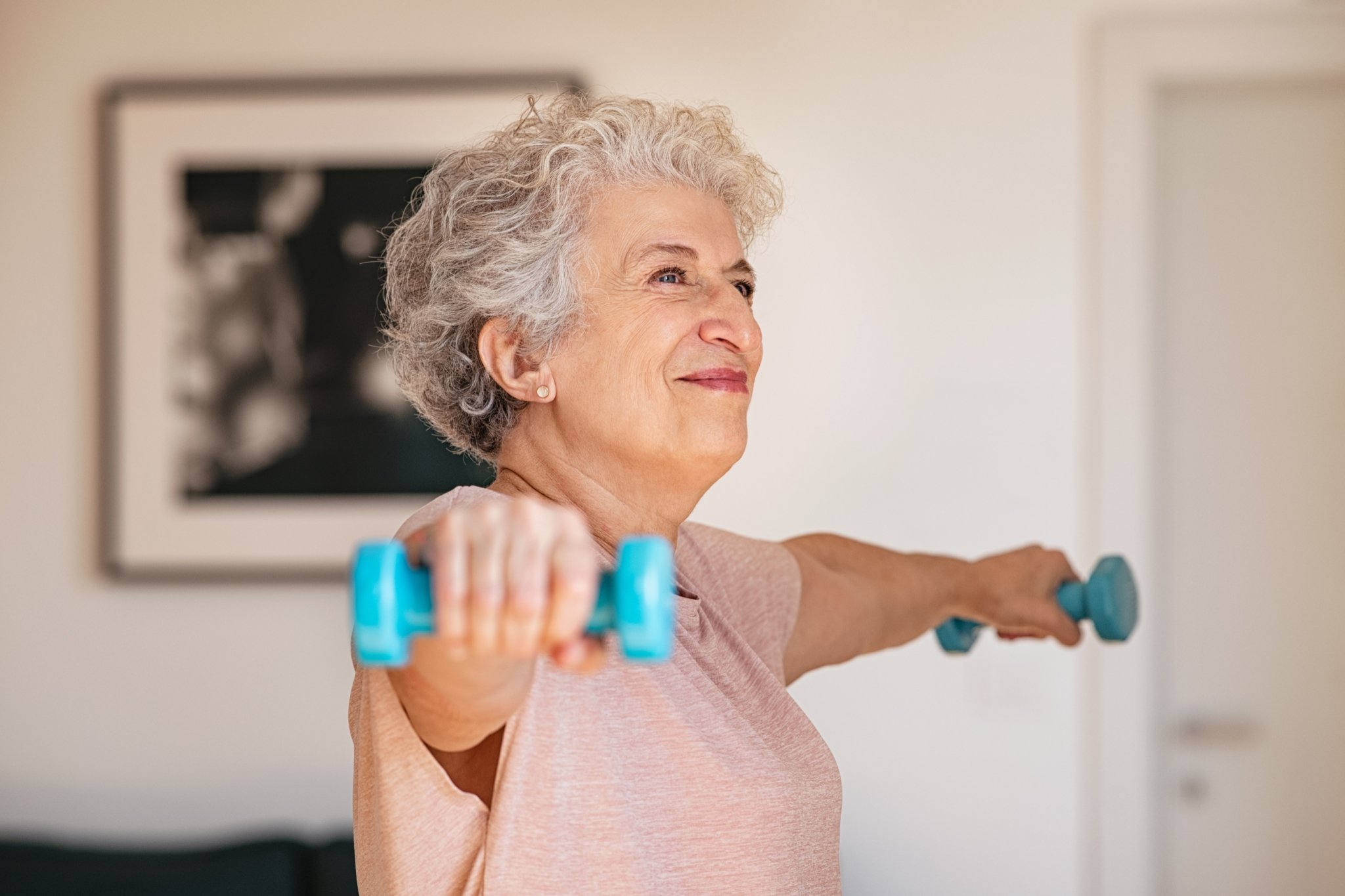Stay active with low-impact workouts

CREATING HEALTHY HABITS and making exercise a priority in your daily life is important—especially as you age. It is never too late to begin. Regular physical activity and exercise helps improve both mental and physical health, which can help you maintain independence as you grow older.
Low-impact exercises are a great way to help increase your heart rate and stay active without putting too much stress and pressure on your body and joints. These exercises are ideal for people with conditions such as arthritis, mobility problems, or aches and pains.
There are four categories of low-impact exercises: endurance, strength, flexibility and balance. Incorporating all four types of exercise into your routine helps reduce the risk of injury and keeps you from getting bored.
Here are some low-impact exercises to get started on your health journey.
Walking can be the best exercise for older adults, experts say. It’s an effective way to reduce the risk for chronic conditions. Getting out on trails and getting fresh air is beneficial to mental health as well.
Swimming is considered a no-impact workout because the buoyancy of the water counteracts gravity. For those with back or joint pain, swimming or even water aerobics provide a great way to tone up and slim down.
Yoga aids in flexibility, strength and balance, and improves your core muscles, which are vital in stability and coordination. This can help limit the risk of falling as well.
Strength training with small dumbbells or resistance bands during a workout presents a low-impact way to increase your overall strength.
No matter which type of exercise you choose, talk with your doctor to make sure that it is safe for you to participate. Start with a small goal and increase once you see some success.
Most of all, find an activity you enjoy and have fun. Make exercising a healthy habit, and you’ll begin to reap the benefits of an active lifestyle. KL
DEE DLUGONSKI is assistant professor of athletic training in the UK College of Health Sciences and coordinator for the Active Women’s Health Initiative with the UK Sports Medicine Research Institute.

